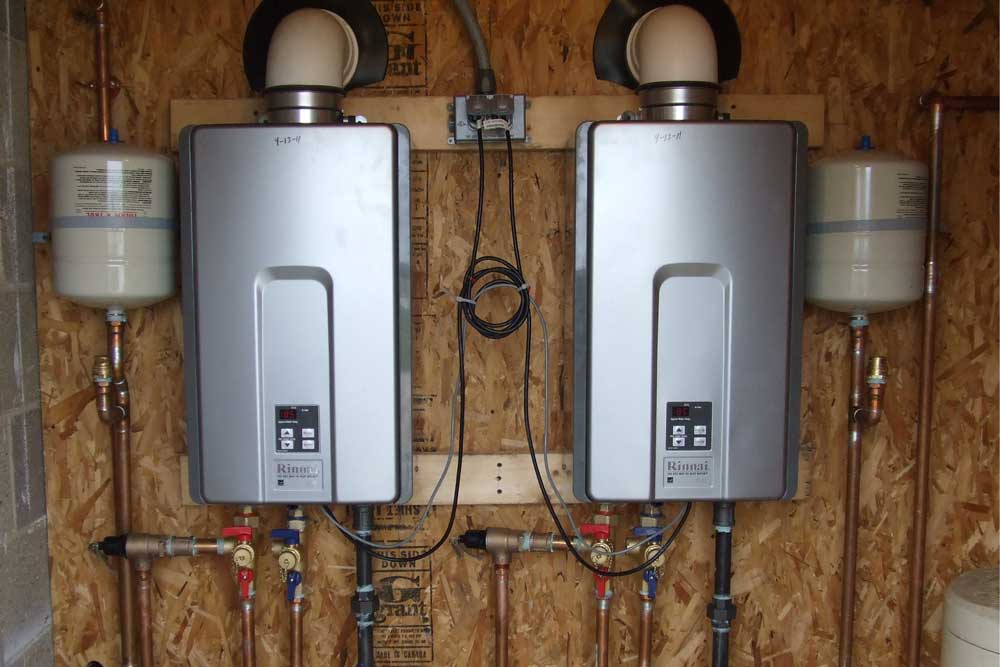Top Ways to Maintain Your Home's Hot Water System SuccessfullyMaintaining Your Home's Hot Water System: Important Tips
Top Ways to Maintain Your Home's Hot Water System SuccessfullyMaintaining Your Home's Hot Water System: Important Tips
Blog Article
In this article further down you will find additional decent facts around Tips on Maintaining a Water Heater.
Warm water is necessary for everyday comfort, whether it's for a revitalizing shower or washing dishes. To ensure your warm water system runs successfully and lasts much longer, regular maintenance is vital. This write-up provides useful suggestions and understandings on just how to preserve your home's warm water system to stay clear of disturbances and costly repairs.
Introduction
Maintaining your home's hot water system might seem difficult, however with a couple of easy steps, you can ensure it operates smoothly for years to come. This guide covers whatever from comprehending your hot water system to DIY maintenance ideas and understanding when to employ specialist aid.
Value of Keeping Your Warm Water System
Regular maintenance not just prolongs the life expectancy of your hot water system yet likewise ensures it operates successfully. Ignoring maintenance can bring about lowered effectiveness, higher power expenses, and even early failing of the system.
Indications Your Hot Water System Demands Maintenance
Knowing when your warm water system needs attention can protect against major concerns. Watch out for signs such as irregular water temperature, strange sounds from the heating unit, or rusty water.
Recognizing Your Hot Water System
Prior to diving into maintenance jobs, it's useful to recognize the fundamental components of your warm water system. Usually, this includes the hot water heater itself, pipes, anode poles, and temperature controls.
Monthly Upkeep Tasks
Regular regular monthly checks can help capture minor concerns before they rise.
Flushing the Hot Water Heater
Flushing your hot water heater gets rid of debris buildup, boosting effectiveness and prolonging its life.
Monitoring and Replacing Anode Rods
Anode rods protect against rust inside the tank. Evaluating and changing them when broken is essential.
Evaluating and Changing Temperature Settings
Adjusting the temperature setups makes certain ideal performance and security.
DIY Tips for Upkeep
You can carry out numerous maintenance jobs yourself to maintain your hot water system in leading condition.
Looking for Leaks
On a regular basis evaluate pipes and links for leakages, as these can lead to water damage and greater costs.
Testing Stress Alleviation Valves
Testing the pressure safety valve guarantees it functions properly and stops extreme stress buildup.
Protecting Pipelines
Protecting hot water pipes minimizes warmth loss and can save energy.
When to Call an Expert
While do it yourself upkeep is beneficial, some concerns require expert expertise.
Complicated Problems Calling For Professional Assistance
Instances consist of significant leaks, electrical troubles, or if your water heater is regularly underperforming.
Routine Specialist Upkeep Advantages
Expert upkeep can include extensive assessments, tune-ups, and guaranteeing conformity with safety and security standards.
Final thought
Regular maintenance of your home's warm water system is crucial for efficiency, longevity, and expense financial savings. By adhering to these tips and understanding when to look for expert assistance, you can make sure a trustworthy supply of warm water without unexpected disruptions.
How to Maintain an Instant Hot Water Heater
Before tinkering with your hot water heater, make sure that it’s not powered on. You also have to turn off the main circuit breaker and shut off the main gas line to prevent accidents. Also turn off the water valves connected to your unit to prevent water from flowing into and out of the appliance. 2. When you’re done, you have to detach the purge valves’ caps. These look like the letter “T” and are situated on either side of the water valves. Doing so will release any pressure that has accumulated inside the valves while at the same time avoid hot water from shooting out and burning your skin. 3. When the purge valves’ caps are removed, you have to connect your hosing lines to the valves. Your unit should have come with three hoses but if it didn’t, you can purchase these things from any hardware or home repair shops. You can also get them from retail stores that sell water heating systems. Read the user’s manual and follow it to complete this task properly. When the hosing lines are connected, open the purge port’s valves. 4. You should never use harsh chemical cleaners or solutions when cleaning your unit. Make use of white vinegar instead. It should be undiluted and you’ll probably use about 2 gallons. 5. Now flush your water heater. This task should probably take about 40 minutes. We can’t give you specific directions for this because the procedure is carried out depending on the type, model and brand of your heater. With that being said, refer to the user’s manual. 6. When you’re done draining the unit, you have to turn off the purge port valves again. Remove the hosing lines that you earlier installed on each of the water valves. Put the valve caps (purge port) back in their respective places and be very careful so as not to damage the rubber discs that are found inside these caps. 7. Now that everything’s back in place, check your user’s manual again to find out how to reactivate your water heating system. 8. Once it is working, turn one of your hot water faucets on just to let air pass through the heater’s water supply pipes. Leave the tap on until water flows smoothly out of it. https://www.orrplumbing.com/blog/2014/september/how-to-maintain-an-instant-hot-water-heater/

I'm very occupied with What Kind of Maintenance Do Water Heaters Need? and I am assuming you liked the article. Loved our piece? Please share it. Let another person locate it. Many thanks for being here. Return soon.
Click Here Report this page